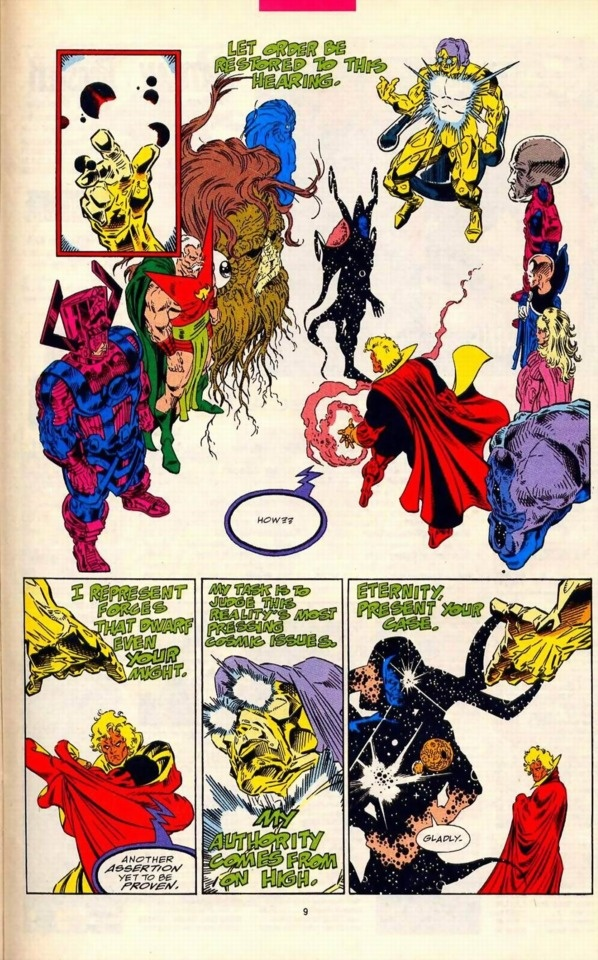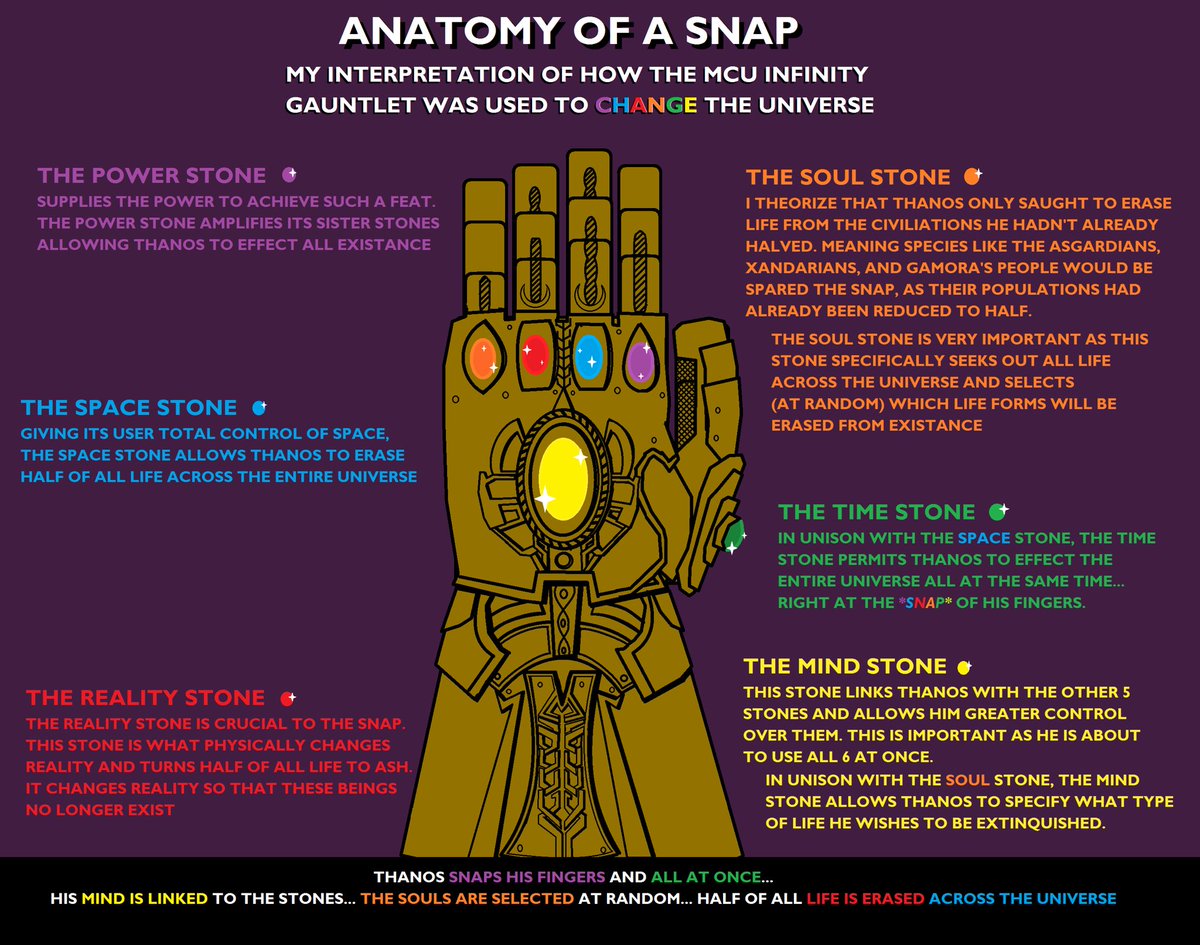
Le Bateleur from Oswald Wirth's 1889 tarot deck102, 36-44 (1981) ASTRONOMY AND AnoPHYsIcs Spin-reversed Accretion as the. HKFI going private transaction last year got cancelled and stock. Current Price 0.06 Offer Price 0.15 (for holders of up to 100 shares) Upside 150 or 9 (for holders of up 100 shares) Expiration date TBD (shareholder vote is scheduled for 5th of August 2015) Important Note - This transaction is more risky than the standard odd lot tender that get published on this site (e.g.
The Italian tradition calls him Il Bagatto or Il Bagatello. In French Le Bateleur, "the mountebank" or the " sleight of hand artist", is a practitioner of stage magic. Origin: In the 4th century BC, Greek historian Ctesias told about a wild animal with healing powers and a. UNICORN: To many New Agers, it means power, purification, healing, wisdom, self-knowledge, renewal and eternal life. The three points may also be round rather than pointed.
Infinity Sign Reality Reversed Free Artistic Renditions
Similarly, other symbols were added. The curves of the magician's hat brim in the Marseilles image are similar to the esoteric deck's mathematical sign of infinity. Above his head is the infinity symbol, and around his waist is a snake biting its own tail both of which signal that he has access to unlimited potential.In esoteric decks, occultists, starting with Oswald Wirth, turned Le Bateleur from a mountebank into a magus. It is also a sign that he has all the tools (and elements) he needs to manifest his intentions into being. In the painted cards attributed to Bonifacio Bembo, the Magician appears to be playing with cups and balls. Visually the 18th-century woodcuts reflect earlier iconic representations, and can be compared to the free artistic renditions in the 15th-century hand-painted tarots made for the Visconti and Sforza families.
The illustration of the Tarot card "The Magician" from the Rider–Waite tarot deck was developed by A. The baton was later changed to represent a literal magician's wand. The fourth, the baton (Clubs) he holds in his hand.


His robe is similarly also white, a symbol of purity yet also of inexperience, while his red mantle is understood through the lens of red's wildly polarised colour symbolism—both a representative of willpower and passion, and one of egotism, rage, and revenge. The Magician's right hand, pointed upwards, holds a double-ended white wand the ends are interpreted much like the hand gestures, in that they represent the Magician's status as conduit between the spiritual and the physical. Such symbols signify the classical elements of earth, air, fire and water, "which lie like counters before the adept, and he adapts them as he wills". On the table before him are a cup, a sword, a wand, and a pentacle, representing the four suits of the Minor Arcana.
Similarly, the table he stands behind has three legs rather than four the fourth leg is interpreted as being outside the card, a metafictional statement that "t is by going beyond the stage of possibilities and moving into the reality of action and choice that The Magician gives concrete expression to his situation". The Magician in the Marseilles deck is depicted with six fingers on his left hand rather than five, which Jodorowsky interprets as a symbol of manipulating and reorganizing reality. Alejandro Jodorowsky's reading of the Magician as Le Bateleur draws attention to individual details of the Marseilles card, such as the fingers, table, and depiction of the plants, in addition to the elements shared between the Rider–Waite and Marseilles decks. Marseilles Although the Rider–Waite Tarot deck is the most often used in occult contexts, other decks such as the Tarot of Marseilles usually used for game-playing have also been read through a symbolic lens. The Magician is associated with the planet Mercury, and hence the signs of Gemini and Virgo in astrology.
A particularly important aspect of the card's visual symbolism in the Rider–Waite deck is the magician's hands, with one hand pointing towards the sky and the other towards the earth. Tarot experts have defined the Magician in association with the Fool, which directly precedes it in the sequence Rachel Pollack refers to the card as "in the image of the trickster-wizard". On the broad level, the Magician is interpreted with energy, potential, and the manifestation of one's desires the card symbolizes the meetings of the physical and spiritual worlds (" as above, so below") and the conduit converting spiritual energy into real-world action. Divination Like the other cards of the Major Arcana, the Magician is the subject of complex and extensive analysis as to its occult interpretations. The plant has a yonic appearance and has been interpreted as the sex organs of either a personal mother or the abstract concept of Mother Nature.
While the upright Magician represents potential and tapping into one's talents, the reversed Magician's potential and talents are unfocused and unmanifested. Like other Tarot cards, the symbolism of the Magician is interpreted differently depending on whether the card is drawn in an upright or reversed position. Said infinity symbol above the Magician's head is also interpreted as a symbol of the Holy Spirit, the prophetic and theophanic aspect of the Trinity. In particular, Waite interprets the Magician through a Gnostic lens, linking the card's connection with the number eight (which the infinity symbol is visually related to) and the Gnostic concept of the Ogdoad, spiritual rebirth into a hidden eighth celestial realm. Waite's 1910 book Pictorial Key To The Tarot, the Magician card is associated with the divine motive in man. To Pollack, the Magician is a metaphysical lightning rod, channeling macrocosmic energy into the microcosm.

CS1 maint: multiple names: authors list ( link) Mineola, NY: Dover Publications. The pictorial key to the tarot (PDF). ^ a b c d Waite, Arthur Edward, 1857-1942. "Magician Tarot Card Meanings". ^ a b c Esselmont, Brigit.
Nottingham, UK: Ascella (18). The Traditional Astrologer. "Mercury in Myth & Occult Philosophy". ^ McCann, David (March 1999). "Symbolism of The Magician in Tarot".
^ Pollack, Rachel (1997). Seventy-Eight Degrees of Wisdom: A Book of Tarot (2 ed.). ^ Pollack, Rachel (1997). Translated by Graham, Jon E. ^ a b Jodorowsky, Alejandro Costa, Marianne. Translated by Graham, Jon E.
^ Pollack, Rachel (1997). Seventy-Eight Degrees of Wisdom: A Book of Tarot (2 ed.). ^ Pollack, Rachel (1997).


 0 kommentar(er)
0 kommentar(er)
